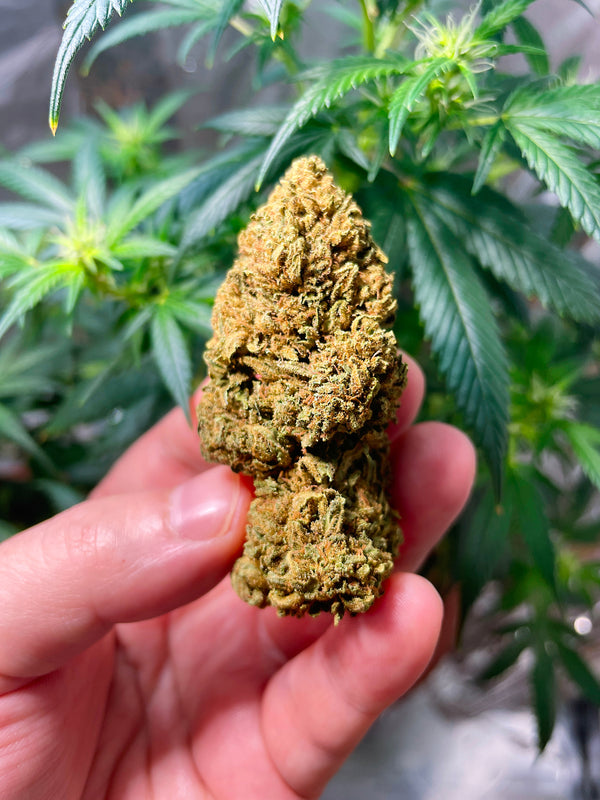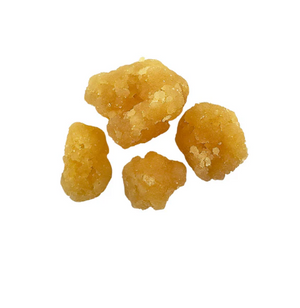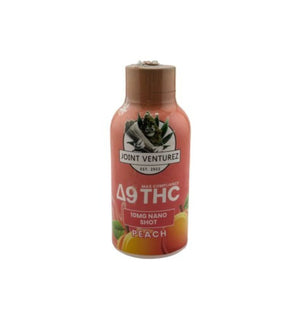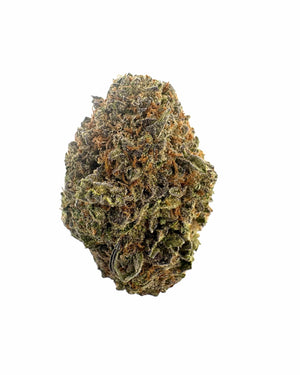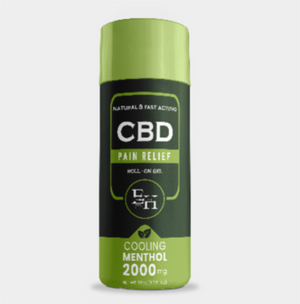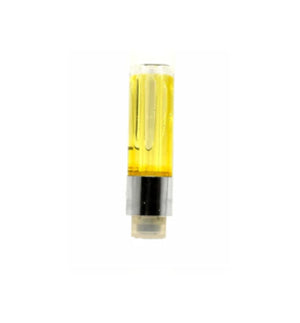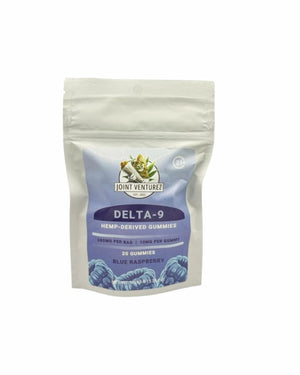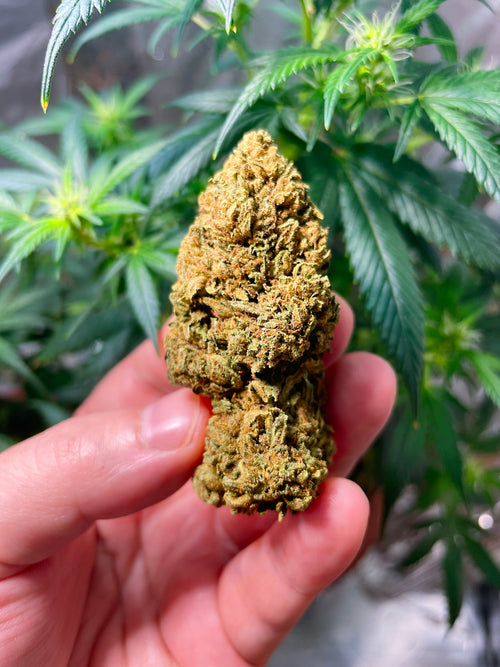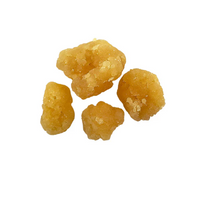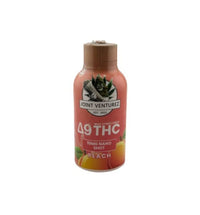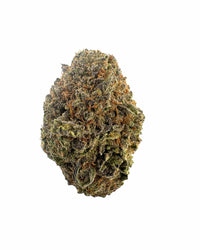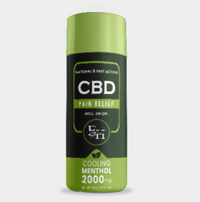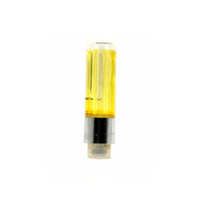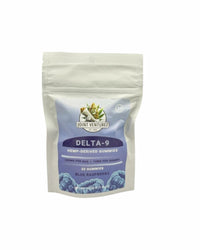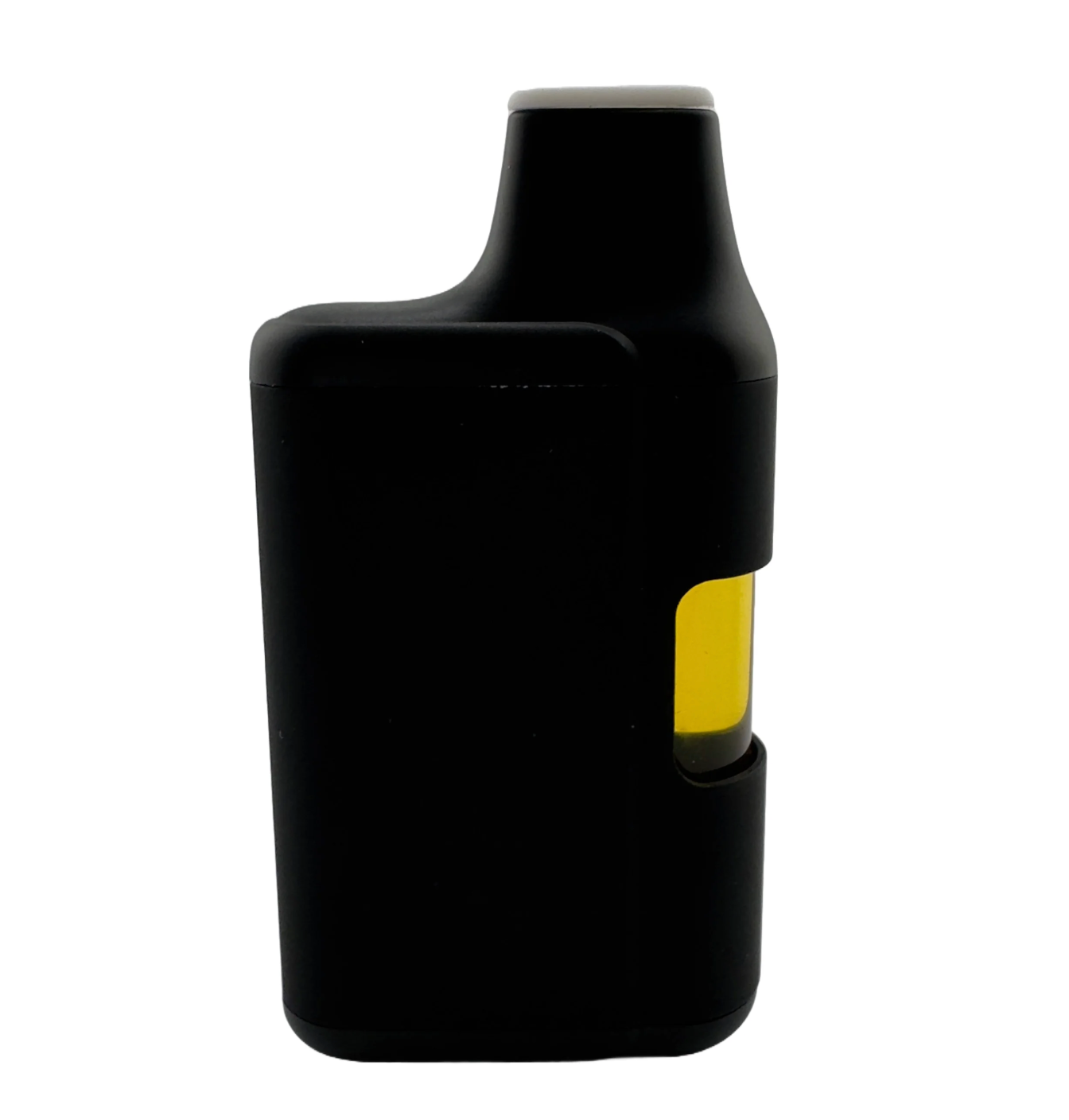If you’re curious about fast, clean, and flavorful cannabinoid experiences, THCA vapes offer a compelling path. This guide explains what THCA vape carts and disposables are, how they work, how to evaluate quality and safety, and the storage tips that protect flavor and potency. When you’re ready to shop, start with our curated selection of THCA vapes—handpicked for lab transparency, true-to-strain terpenes, and reliable hardware.
What are THCA vapes?
THCA (tetrahydrocannabinolic acid) is the non-intoxicating acidic precursor to delta-9 THC present in raw cannabis and hemp. THCA vapes contain THCA-rich oil (often distillate or live resin) inside a cartridge or disposable device. When heated during a puff, THCA decarboxylates—converting to delta-9 THC. In other words, the heat activates the cannabinoid you taste and feel.
Compared with combustion, vaping is designed to heat more precisely, emphasizing terpene expression and mouthfeel while reducing harsh byproducts associated with burning. The end result depends on oil quality, terpene blend, device components, and how you set power/voltage.
How THCA vapes work (and why decarboxylation matters)
Inside a cartridge or disposable, a ceramic heating element warms the oil as you inhale. This heat triggers decarboxylation, the chemical reaction that converts THCA to delta-9 THC. Regulators and labs commonly estimate “total THC” using a formula that accounts for this conversion: Total THC = 0.877 × THCA + THC (USDA/7 CFR 990). You’ll often see both THCA and total THC reported on COAs for vape oils or the input material.
Practically speaking: higher THCA % can indicate higher potential THC after heating, but terpene profile and device quality are just as important for flavor, smoothness, and overall enjoyment.
Types of THCA vape products
| Format | What it is | Pros | Considerations |
|---|---|---|---|
| 510-thread cart | Universal screw-on cartridge for use with a separate 510 battery. | Reusable battery, adjustable voltage, wide flavor/options. | Requires buying/charging a battery; avoid over-voltage. |
| Disposable (all-in-one) | Single-use device with built-in battery and tank. | Zero setup, calibrated power curve, pocket-friendly. | Not rechargeable in some models; must be recycled/discarded when empty. |
| Live resin/rosin THCA | Oil made from fresh-frozen or solventless inputs for richer terpene fidelity. | Big aroma, nuanced cultivar character (“strain-true” taste). | Higher price; may require more careful hardware matching. |
You’ll also see differences in terpene sources: cannabis-derived terpenes (CDTs) for cultivar authenticity, versus botanical terpenes for consistent, cost-effective profiles. Either can taste great if the recipe and hardware are dialed in.
Quality & safety checklist (what to look for before you buy)
1) Transparent, batch-matched COAs
Reputable brands publish Certificates of Analysis for the specific batch you’re buying. Look for cannabinoids (THCA, delta-9 THC), terpene profile (when available), and contaminant screening (residual solvents, pesticides, heavy metals, microbials). For vapes, it’s ideal to see both oil testing and, when possible, information about the final assembled device.
2) Ingredient integrity (no risky cutting agents)
High-quality THCA vapes should be free of vitamin E acetate and unnecessary diluents. During the 2019 EVALI outbreak, public-health data identified vitamin E acetate as strongly linked to cases. Avoid cartridges that list vitamin E acetate, MCT oil, or vague “cutting agents.”
3) Hardware materials & build
Seek modern ceramic-core cartridges with clean wicking, a borosilicate or medical-grade reservoir, and stainless components from reputable makers. Poorly made devices can degrade flavor or contribute off-notes over time. Good hardware preserves terpenes and reduces leakage or scorching.
4) Terpene clarity & authenticity
Whether botanical or cannabis-derived, the best blends taste vibrant (not perfumey), with layered notes that reflect the cultivar style—citrus, berry, fuel, floral, or spice. The nose should bloom at low to moderate power; if you only get flavor at high heat, the blend or hardware may be off.
5) Honest potency labeling
For context when reading labels or COAs, U.S. hemp testing commonly reports a “total THC” value that accounts for THCA → THC conversion using Total THC = 0.877 × THCA + THC. Remember: numbers matter, but they don’t replace terpene quality and device design.
- Batch-matched COAs with full contaminant screening
- Clean ingredient decks (no vitamin E acetate or unnecessary diluents)
- Reliable ceramic-core hardware tuned for THCA viscosity
- True-to-strain terpene experience at sane voltages
Performance tips: voltage, flavor & longevity
- Start low, step up: Begin at the lowest voltage setting and increase in small steps until flavor “pops” without harshness.
- Short, steady puffs: Long pulls can overheat terpenes; aim for 2–3 seconds and allow a brief cool-down between hits.
- Keep it upright: Storing carts vertical helps the wick stay saturated and reduces potential leakage.
- Don’t run the tank dry: Refillables aside, avoid vaping a cart to the last drop—thin remnants can taste scorched.
- Watch the color: Darkening over time can be natural oxidation, but a rapid color shift may indicate heat stress.
Storage & care
- Room-temperature, dark place: Excess heat degrades terpenes and cannabinoids; avoid leaving devices in hot cars or direct sun.
- Keep caps on: Replace mouthpiece caps when traveling to block pocket debris and reduce incidental airflow exposure.
- Clean contacts: Wipe battery contacts with a dry cloth to maintain consistent power delivery.
- Upright storage: Stand carts vertically to help prevent flooding or dry hits.
FAQs
Do THCA vapes get you “high”?
What’s the difference between THCA vape carts and disposables?
Should THCA vapes contain vitamin E acetate or MCT oil?
Which matters more: potency or terpenes?
Ready to explore curated THCA options?
We vet for clear COAs, clean ingredients, and reliable hardware so you can focus on flavor and consistency.

